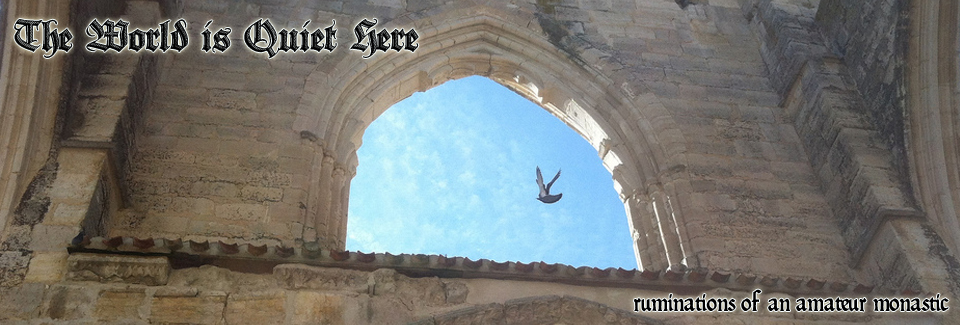Saint Odo of Cluny

Surrexit Odo, plenus Spiritu Sancto, et monastici Ordinis decus per orbem renovatum est.
(Odo arose, filled with the Holy Spirit, and restored the glory of the monastic Order throughout the world.)—Antiphon 2, Lauds of Saint Odo
Today is the memorial of Saint Odo of Cluny on some of the calendars of the Benedictine Order. Others – most especially the Congregation of Solesmes – celebrate his feast tomorrow. He is one of the “four holy abbots” who, during their reigns over the Abbey of Cluny and its associated priories, reformed Western monasticism—indeed, it could be fairly said that together, they saved Western monasticism.

Saint Odo was the second abbot of Cluny, though in later centuries, the monks of that Congregation often referred to him as the “Father of Cluny.” He was born around 878 in Déols, France, and died on 18 November 942.
He had a devotion to Saint Martin of Tours and became a canon at Tours when he was only 19. Disgusted by the corruption of the clergy at this very wealthy basilica, he entered the reform monastery of Baume in 909. A few years later, he was transferred to the newly established Abbey of Cluny.
He was initially a librarian, but in 927, after the death of the founding Abbot of Cluny, Saint Berno, Odo was elected Abbot at the age of 49.
It was he who truly began the monastic reform in earnest. In 931, Pope John XI authorized Abbot Odo to enact the Cluniac reforms throughout the Benedictine houses of Aquitaine, France, and Italy. He was even given authority over Saint Paul Outside the Walls in Rome.
The reform itself was deceptively simple. Odo “encouraged” the monks to adhere strictly to the Holy Rule of Saint Benedict and to pursue perpetual prayer and the worthy celebration of the sacred liturgy as their main work.
That’s it.
And it worked. The monastic reform initiated at Cluny spread throughout Europe, shaping the religious and intellectual life of Christianity for centuries.
Odo was responsible for beginning the construction of an abbey church1 to replace the small chapel in which the monks had been praying. He also developed and popularized the Solemnity of All Saints on November 12. Pope Saint Gregory VII, himself a former Cluniac monk, extended this to the entire Church in the 11th century.
Odo’s solicitude for the religious life of both his own monks as well as the universal Church was a hallmark of his rule as abbot.

I have a devotion to Saint Odo, and I’m a member of the Society of Saint Odo of Cluny, a loose organization devoted to the worthy celebration of the sacred liturgy in the modern form of the Roman Rite. In that spirit, I’d like to share with you a PDF we developed containing the Monastic Lauds and Vespers for Saint Odo. Click the image below.
May you have all the joy of the feast, whether you celebrate today or tomorrow!
- Known as Cluny-II.
- A version of this had previously been celebrated in May. A later Abbot of Cluny, Saint Odilio, instituted the Commemoration of All Souls on the following day.

